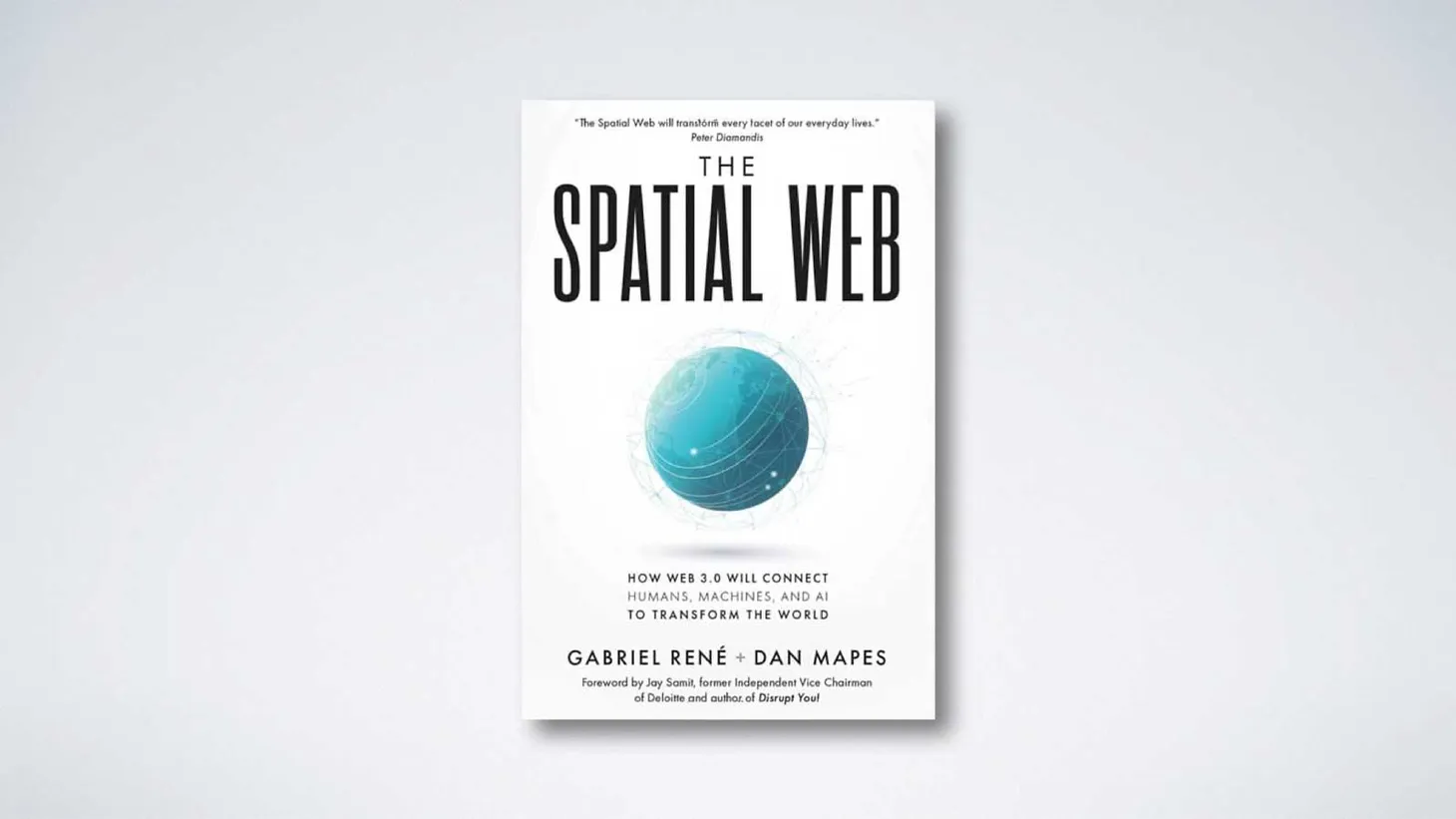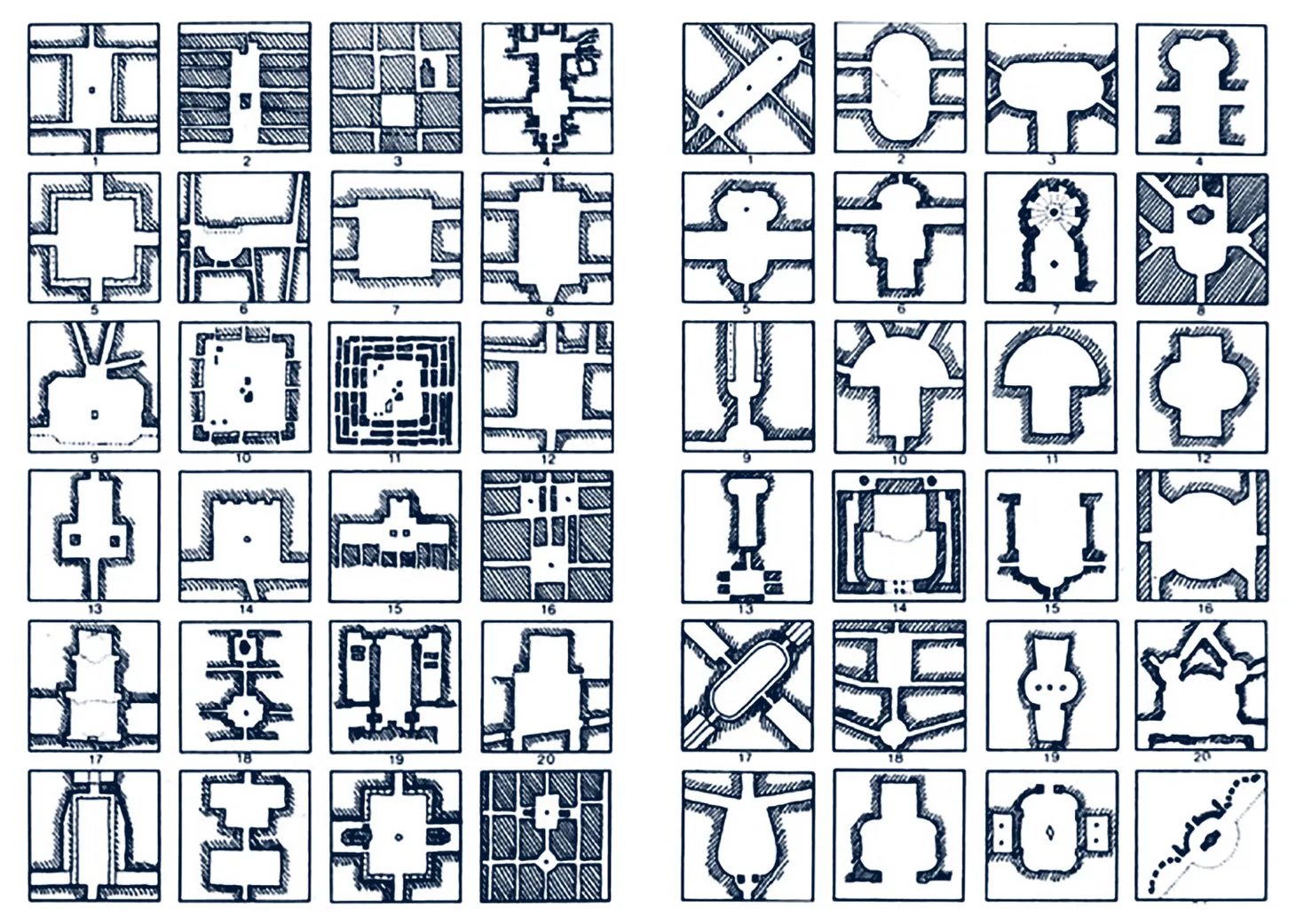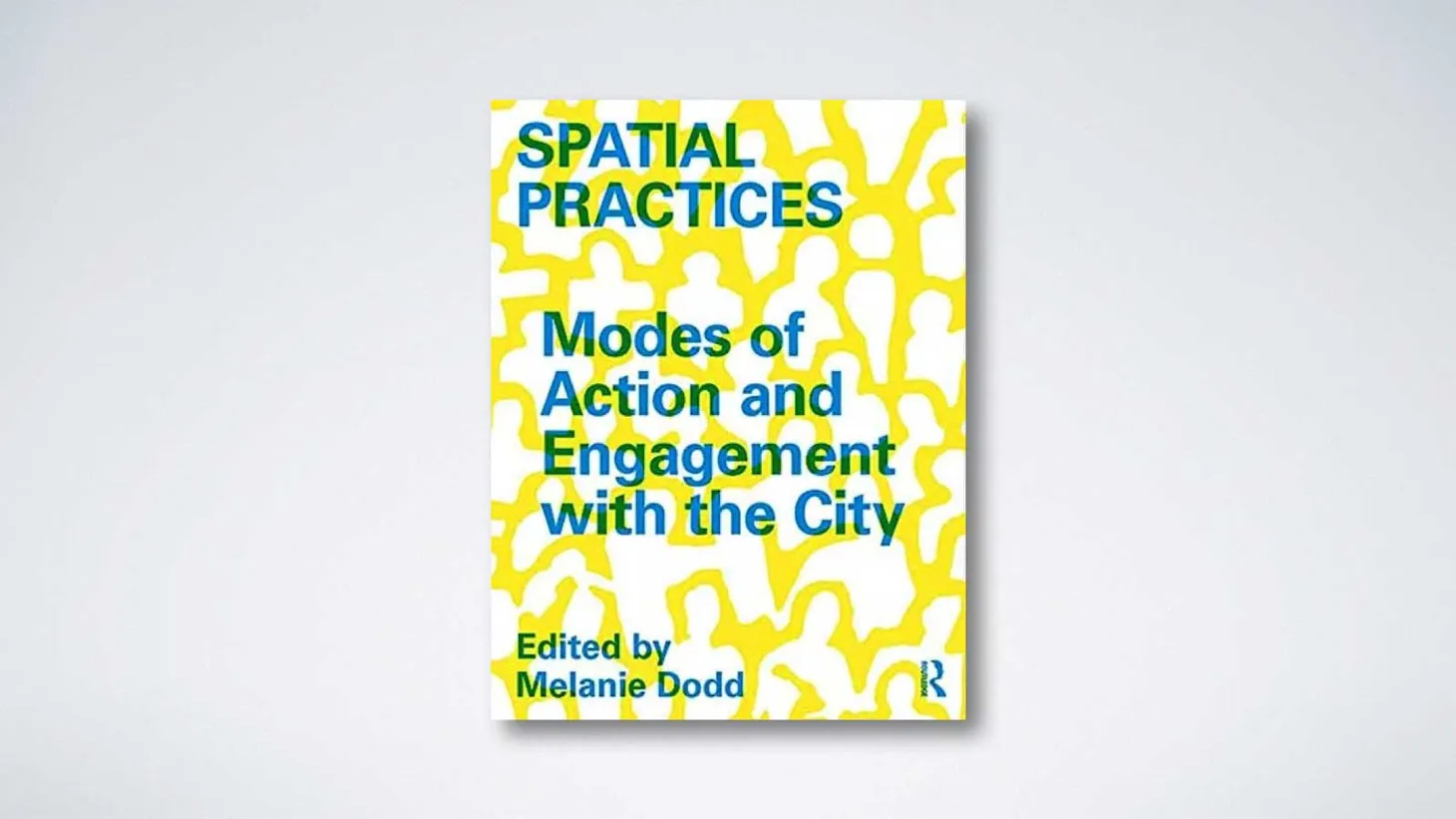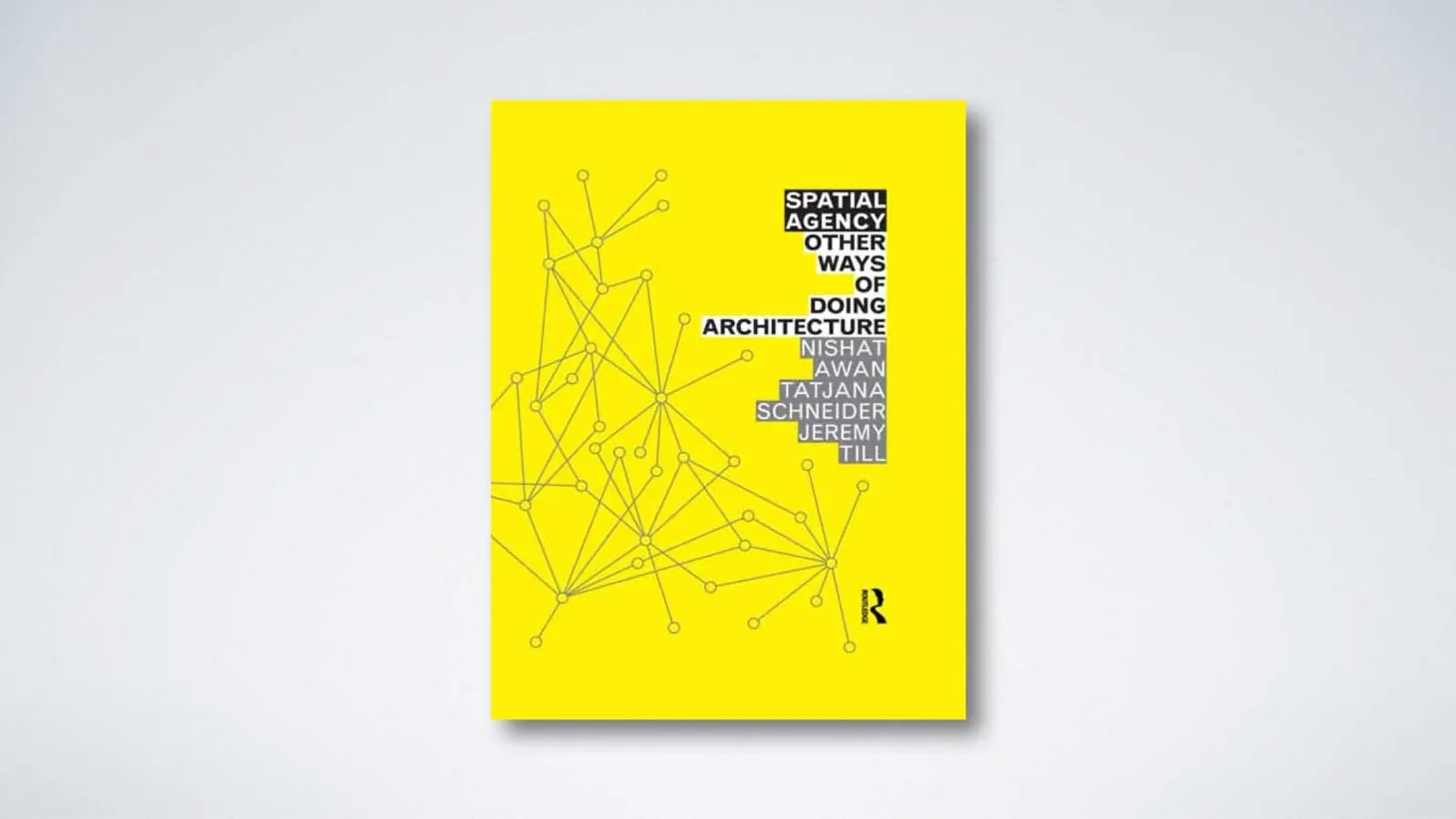In the future, how will we solve problems for which architects are currently our best answer?
All professions are about to be radically disrupted - by technologies such as AI, but mostly because of the looming convergence of social, environmental and economic tipping points.
This journal anticipates the coming disruption, and how that might turn into a way of making a living in a sustainable way.
The Future of the Professions
In the future, how will we solve problems for which 'professionals' are currently our best answer?

The Spatial Web
How the convergence of exponential technologies such as artificial intelligence, blockchain and extended reality, will manifest as a transformational, spatial network.

Re-imagining architectural practice
How, in the future, will we solve problems to which architects are currently our best answer?

The other kind of A.I.
Four architects who successfully expanded the definition of architecture and helped to shape the digital landscape

Spatial Practices
Reflections on architectural activism

Spatial Agency
Awan, Schneider and Till lay the groundwork for another way of doing architecture

Space craft
What are we educating architects for anyway?

Architecture Depends
Jeremy Till reintroduces architects to the real world

amonle Journal
Join the newsletter to receive the latest updates in your inbox.
